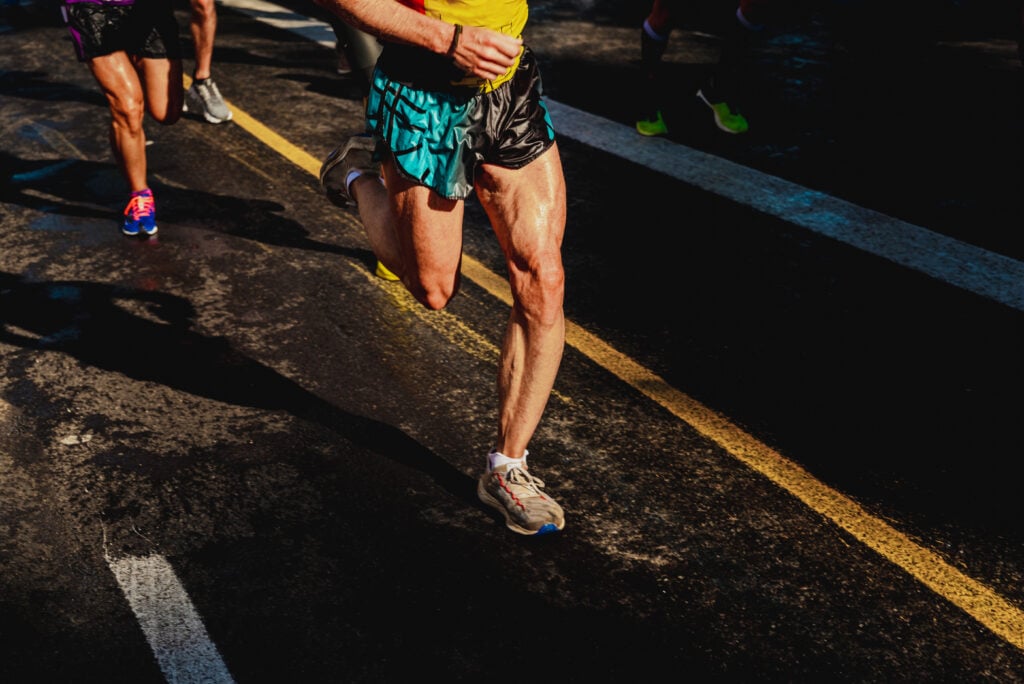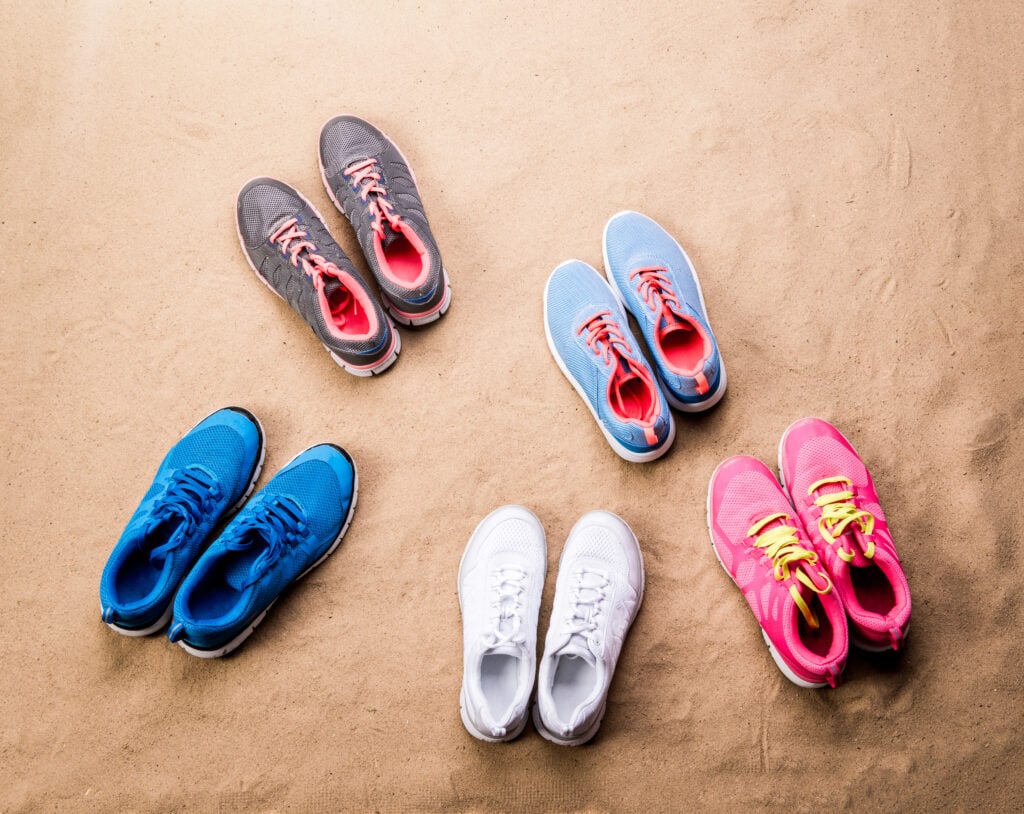
Anxiety is one of the most common mental health struggles today, affecting millions worldwide. While therapy, medication, and mindfulness practices are widely recognized as effective treatments, there’s another powerful yet often underestimated tool for managing anxiety: running. Not only does running improve physical fitness, but it also offers profound mental health benefits, acting as a natural remedy to ease the persistent worry and unease that characterize anxiety disorders.
The Science Behind Running and Anxiety Relief
When you run, your body undergoes a cascade of physiological changes that can positively impact your mental well-being. Cardiovascular exercise, such as running, triggers the release of endorphins—those feel-good chemicals that act as natural mood lifters. Additionally, running reduces levels of the body’s stress hormones, including adrenaline and cortisol.
Running doesn’t just benefit your body—it also has a powerful effect on your brain. It encourages the release of proteins that support brain health, improving your mood and helping to ease stress. Over time, regular running can even help shift the way your brain responds to anxious thoughts, making it easier to break free from repetitive or negative thinking patterns.
The Meditative Aspect of Running
Running is often described as a moving meditation. The repetitive motion, rhythmic breathing, and focus on each step can create a calming mental state similar to traditional meditation practices. This meditative quality helps distract your mind from anxious thoughts and brings you back to the present moment.
For individuals struggling with chronic anxiety, this mental pause can be transformative. The act of focusing on your breath, footfalls, or the scenery around you can break the cycle of rumination and overthinking—two common symptoms of anxiety.
Building Routine and Structure
Anxiety thrives in chaos and unpredictability. Establishing a consistent running routine introduces structure and stability into your daily life. Knowing that you have a scheduled run can provide a sense of purpose and accomplishment, even on days when anxiety feels overwhelming.
Furthermore, setting achievable running goals—whether it’s completing your first 5K or simply running three times a week—can offer a sense of control and progress. These small wins can gradually boost self-esteem, counteracting the self-doubt that anxiety often brings.
Social Connection and Support
While running can be a solitary activity, it also offers opportunities for connection. Joining a local running group or participating in community races can create a sense of belonging and reduce feelings of isolation—a common side effect of anxiety.
Engaging with others who share your passion for running can provide emotional support and accountability. Even casual conversations during group runs can alleviate the sense of loneliness that often accompanies anxious thoughts.
Therapy and Running: A Balanced Approach
While running is a powerful tool for managing anxiety, it isn’t a standalone solution for everyone. Therapy remains a cornerstone of anxiety treatment, offering tailored strategies and coping mechanisms to address underlying causes. Many individuals find that combining regular running with professional therapy creates a balanced and holistic approach to mental health.
Many people also find that combining running with professional anxiety therapy enhances their results. Resources like Manhattan mental health counseling offer specialized support, including online options, making it easier to integrate therapy into a busy routine alongside regular exercise.
Tips for Starting a Running Routine for Anxiety Relief
If you’re new to running or have struggled with consistency in the past, here are some tips to get started:
- Start Small: Begin with short, manageable runs or even brisk walks.
- Set Realistic Goals: Aim for consistency rather than speed or distance.
- Focus on the Process: Enjoy the run itself, rather than fixating on results.
- Find Your Rhythm: Experiment with different paces, terrains, or running playlists.
- Listen to Your Body: Rest when needed and avoid pushing through injuries.
- Celebrate Progress: Acknowledge every small milestone.
The Long-Term Benefits of Running for Anxiety
Consistency is key when it comes to using running as an anxiety management tool. Over time, you’ll likely notice improved emotional resilience, better sleep patterns, and enhanced overall well-being. The mental clarity and sense of calm that follow a run aren’t just temporary; they can gradually reshape how you respond to stress and anxiety triggers.
Moreover, the discipline and self-awareness cultivated through running can extend to other areas of life, helping you navigate challenges with greater confidence and calm.
Final Thoughts
Running isn’t a cure-all for anxiety, but it is a powerful complementary tool in the broader mental health toolkit. Its ability to reduce stress hormones, boost mood, and create mental clarity makes it an accessible and effective option for many people.
Whether you’re lacing up your running shoes for the first time or rediscovering the joy of running after a long break, remember that every step you take is a step toward better mental health. Combine your running routine with professional support when needed, and you’ll be well on your way to managing anxiety more effectively.



